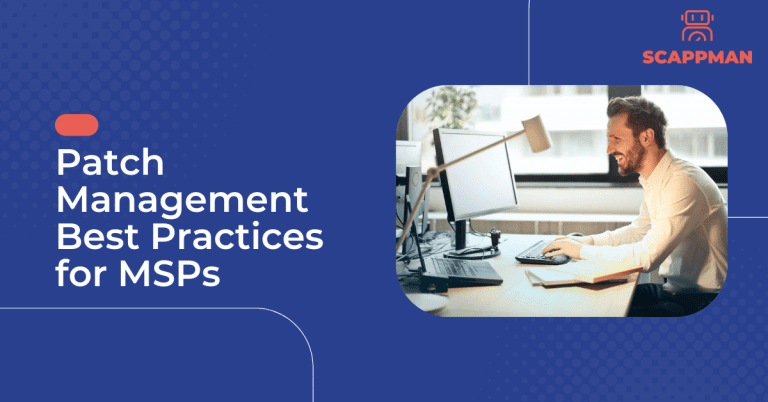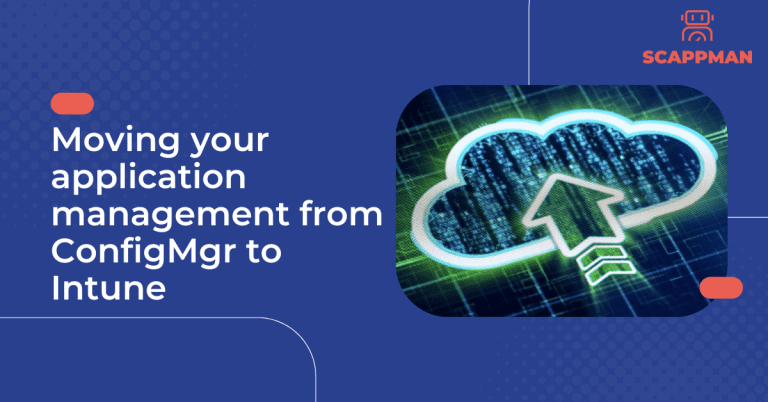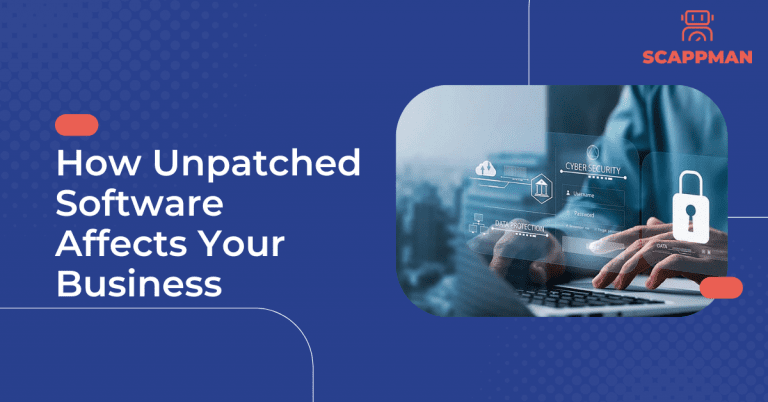In today’s technology landscape, patch management is more important than ever for Managed Service Providers (MSPs). With the constant stream of new vulnerabilities and exploits being discovered, it is crucial for MSPs to have an effective patch management solution in place. Without a proper patch management solution, MSPs are leaving their clients’ systems open to attack.
It may seem like it is fairly easy to install a few patches to a few devices manually, but in reality, it is not, especially when you have multiple clients. Well, to make this task a bit easier MSPs use RMM that constantly monitors what is going on with the endpoints and applications.
While having an RMM solution (even with patch management functionality) is great, it is not enough for proper patch management.
In this article, we want to share 5 best practices to optimize patch management for you and your clients.
Patch Management Tips for Managed Service Providers
- Inventory. Being able to implement effective patch management starts with knowing exactly what devices you have. You as an MSP should make sure they have a complete overview of endpoints and software inventory on the regular basis (you can’t fix what you don’t know). This will help you know what needs to be patched and when.
- Track patch announcements from vendors. On average, companies have 110 applications in use and the majority of them are from other vendors than Microsoft – Adobe, Google, Amazon, etc. This means that staying on top of the latest update announcements from vendors plays a crucial role in effective patch management. Make sure to subscribe to security mailing lists and RSS feeds from third-party vendors to help ensure that the updates aren’t overlooked.
- Test patches before deployment. Applying patches does not always solve a problem: there is a risk that some things can go wrong with updating software. This can occasionally happen, even if the vendor extensively tested a patch before the release. Sometimes, the reason for a patch failure is that you install the patch and forget to reboot the system. A good way to mitigate this problem and not “break everything”, is to test the patch in a controlled environment before pushing it out to all endpoints.
- Regular reporting. Providing your customers with reports with patch management information like frequency, history, patch category, and resolution times on a regular basis will help build trust and long-term relationships with your clients.
- Automate as much as possible. This is perhaps the most important patch management best practice. Using a good third-party patch management tool can enable you to automate your patch management processes. Automating third-party patching can save your organization time and money. By automating the process, you can ensure that all third-party applications are up to date with the latest security patches.
Automate third-party patch management of your customers with the right tool = Scappman
For automated third-party patch management that is reliable and user-friendly, look no further Scappman. This 100%-cloud solution ingrates with Microsoft Intune and automatically installs all the necessary application updates for your customers.
Scappman allows you to easily keep third-party applications updated across numerous client endpoints, with features like managing custom applications, automated log collection, customizable installation commands, creating a set of reg keys etc.
For MSPs, Scappman provides a complete third-party patch management solution, that allows you to manage all your customers’ apps from one platform with extra functionality:
- Multi-tenancy support
- Partner Portal (invoicing, inviting customers, pop-up customization…)
- Advanced application management (app sets, users & group assignments…).
Furthermore, there are more than 800 third-party applications in Scappman App Store, that are always up to date and secure to use. You can also upload your own application to the platform and manage it like any other application.
If you’re an MSP looking for a cloud third-party patch management solution, try Scappman at no charge – a 15-day free trial is available!






